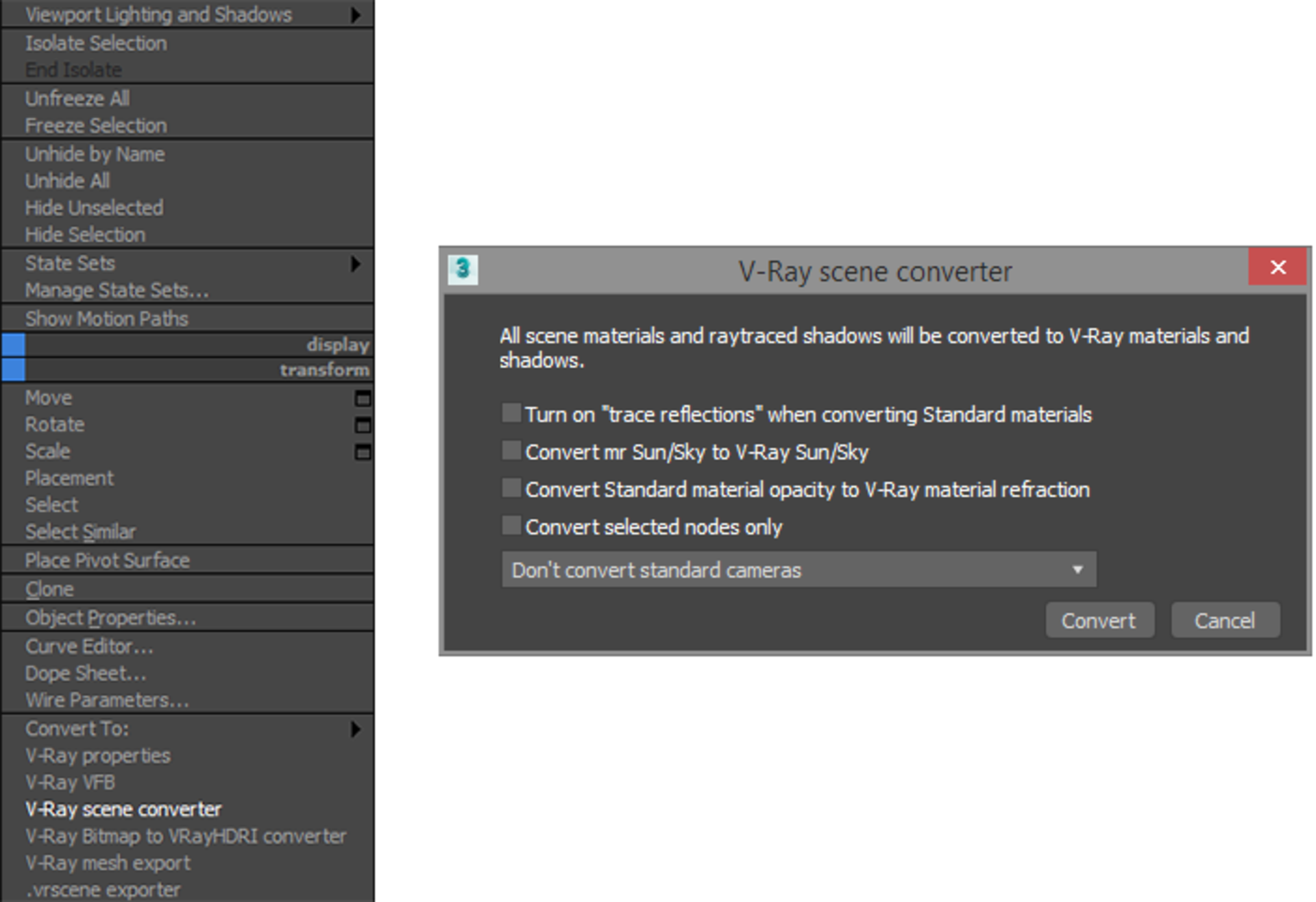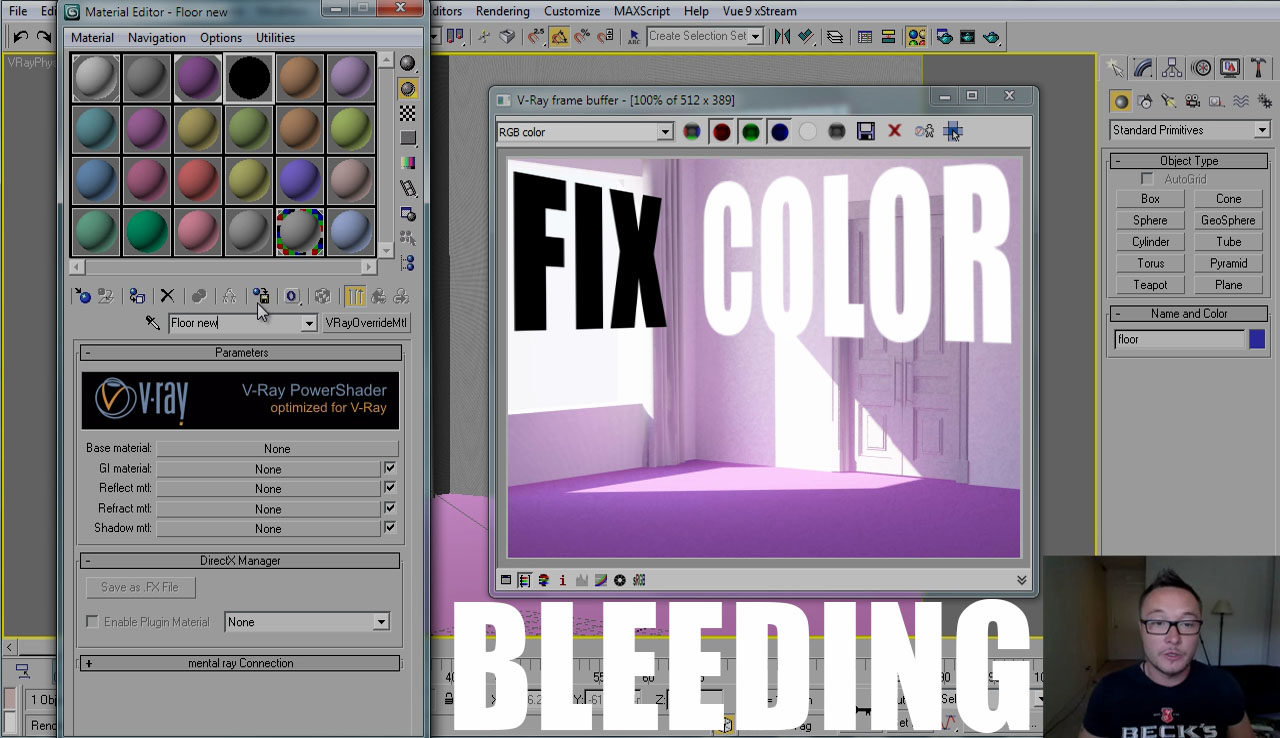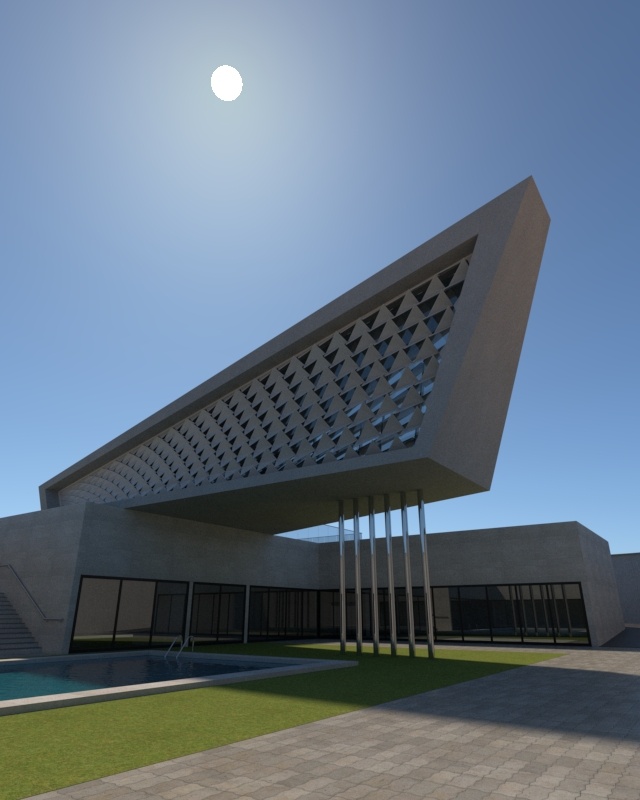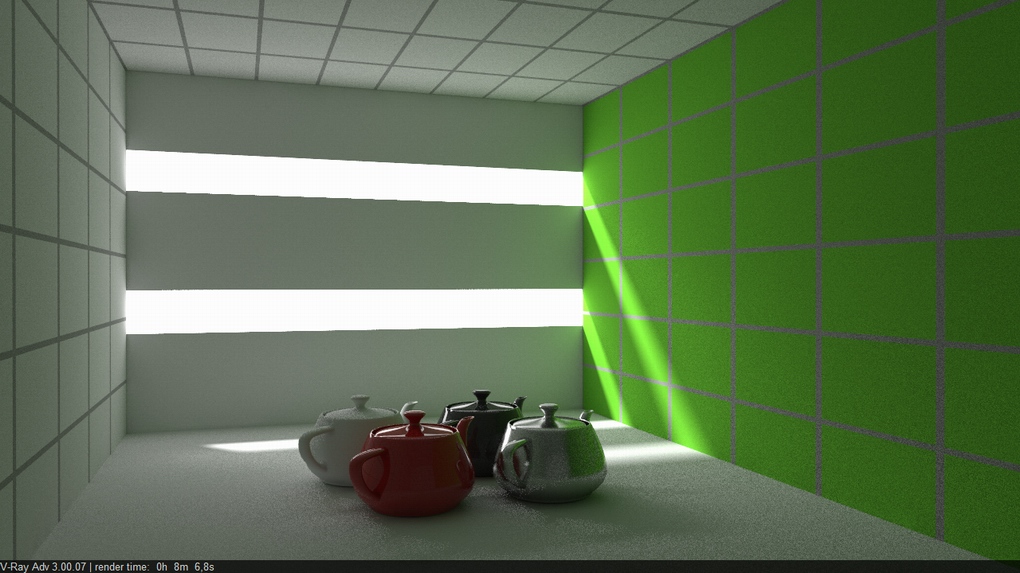
This solution is fairly fast, but when it comes to caustics it ends up missing too many caustic rays and we end up with a solution where, in many cases, we hardly see the caustic at all.Since i was asked by picajol in the octane forum to give some first hand info (since I use both), i will try to summarize some of my recent experiences with both render engines. One idea is what is called “Bi-Directional Path Tracing” - or BDPT. It was first mentioned in a paper about bi-directional path tracing from Lafortune and Willems in 1993. But what if we could combine both forward and reverse rays depending on what sort of ray we need? Note that this is not a new idea - in fact, it has been around since the 90s. Those rays do much better when traced from the light source. What we know is that if we trace rays from the camera, it works really well - and in nearly all cases, except for caustic rays. What if we told you you can render caustics easily and this only has a small impact on your render time? Well, that’s what Corona Renderer 4 is doing - and to achieve this effect, the Corona team simply went back to basics. What if we just stop hacking and trace from both directions?Ĭonsidering how complicated and time-consuming it is to render caustics correctly, traditional hacks - such as “architectural glass” - were a good compromise. It’s sometimes called “hybrid glass,” “fake glass” - and sometimes it has a very fancy name: “architectural glass.” However, none of these hacks are actually caustics and, as such, none of them are correct. This is what most rendering solutions have been doing for the last 10 years. And by faster, we mean seconds rather than days. It turns out that, by doing this, our rendering can be far more efficient at finding usable rays - and we now have a usable image much faster.


This method is called “reverse path tracing” - usually shortened to simply “path tracing” - and it’s what is used by nearly all modern ray tracers today. Rather than wasting a huge amount of time calculating rays that never make it to the camera, what if we start from the camera and trace out until we find a light source? The best solution is to reverse the direction of the rays. What if we reverse the light path and trace from the camera?

So we need to think of something more efficient. So, while this method is the closest to nature and would eventually find all the lighting contribution of the scene, it is extremely inefficient and it would take days on a supercomputer just to get a usable rendering of a simple scene. That’s because the vast majority of the rays shot from the light source never hit the camera. trace the rays from the light source all the way to the camera - we would need to shoot an enormous number of rays to get a complete image. If we built a ray-tracing engine that imitated that specific model - i.e. That bounce can be specular where it changes direction - either through a reflection or refraction - or it can be diffuse where it scatters in all directions.

In nature, rays of light are emitted from a light source. The best way to start to explore ray tracing is to start by observing nature. But methods like photon maps were invented because computing caustics from pure ray tracing is a big challenge. Many renderers have used something called “photon mapping” but, traditionally, those methods have been very complicated to use - and if not set up correctly, can be very slow to render or simply look very bad (or both!). There are some brute-force methods that can work, but generally they either take way too long or take a huge amount of shortcuts that end up giving you only a small fraction of the actual caustic contribution. The truth is that the way that we have been calculating caustics for years has been very complicated. But before we discuss how we fake it, let’s explain why we fake it. You might be wondering: If we’ve been ignoring caustics for so long, why do we get renders that look believable? In short: Caustics have been faked for years.


 0 kommentar(er)
0 kommentar(er)
